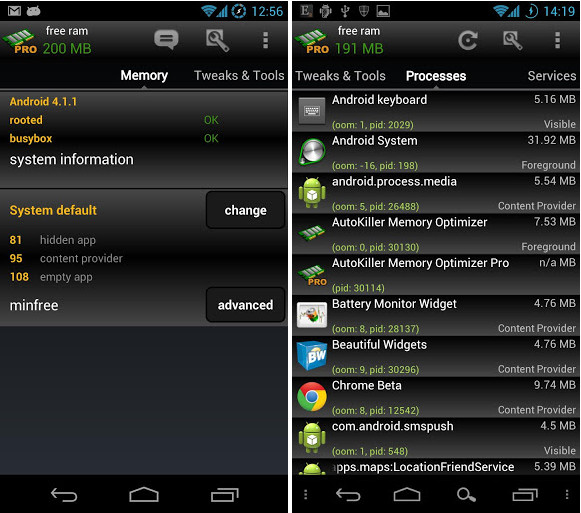
In addition, there are two threads that do no work: the Finalizer thread and an auxiliary Thread Pool. These are the Main thread, the Garbage Collection thread that is used to perform background GC, and the FileProcessing thread* used to process files. You can see that dotTrace has detected several managed threads. This will open a list of application threads in a separate Threads tool window. In the Performance Profiler tool window, click Show Threads. This will also close the controller window. The snapshot will be opened in separate Performance Profiler tool window in Visual Studio.Ĭlose the application.

Once the processing is over, collect a timeline profiling snapshot by clicking Get Snapshot and Wait in the controller window. Now, let's try to reproduce a performance issue in our app.Ĭlick Select Files and choose five text files that come with the application in the Text Files folder.Ĭlick Process Files to start file processing. dotTrace will run our application and display a special controller window used to control the profiling process. Run the profiler by choosing ReSharper | Profile | Run Startup Configuration Performance Profiling.Ĭlick Run. Open the MassFileProcessing.sln solution in Visual Studio. Running the profiler and getting a snapshot Let's use timeline profiling to analyze these performance drawbacks! Step 1. Moreover, in some cases you experience minor lags during file processing. Imagine the following scenario: When testing the application, you find out that text files are processed not as fast as you expected. After the processing is finished, the label shows All files were successfully processed. A label in the left-hand corner of the main window displays the progress. The Process Files button runs a separate BackgroundWorker thread (named FileProcessing) which reverses lines in the files. With the Select Files button, a user chooses the text files to be processed.
#Ram optimizer app code
The source code for the app is available at github. This application is used to reverse lines in text files, e.g. We use the same basic sample application as in the Get Started with Timeline Profiling tutorial. Therefore, background GC involves short "blocking GC" intervals. Nevertheless, during Gen0 and Gen1 collections managed threads have to be suspended. Background GC is performed by a separate GC thread and does not suspend managed threads during the "heaviest" Gen2 collections. * By default, the so-called background garbage collection is enabled for desktop applications.
#Ram optimizer app how to
In this tutorial, we will learn how to use timeline profiling to detect excessive GCs and their causes. That is why you should always try to optimize your application to reduce memory traffic and minimize the impact of GCs on app responsiveness.

This, in turn, suspends all managed threads except the one that triggered the "blocking GC." As the user interface thread is also suspended, users may experience UI freezes at these moments. Second, to perform the Gen0 and Gen1 GCs*, garbage collector must obtain exclusive access to a part of the managed heap. For example, one of its stages is the detection of unused objects, a complex operation involving building object reference graphs. The convenience of the garbage collection (GC) mechanism that does this, unfortunately, has its cost.įirst, GC itself demands some CPU time.
#Ram optimizer app free
The problem is not in how frequently your application allocates memory (that is almost free as far as performance goes), but in how your application collects memory that's no longer needed. It is well known that memory traffic impacts heavily on application performance: The higher the traffic, the slower your app. Since dotTrace 2022.3, Timeline Viewer is renamed to dotTrace Viewer.

For example, all controls from the Analysis Subject filter were moved under the Events filter. Note that some UI controls (for example, filters) were significantly redesigned in dotTrace 2016.3. Important! This tutorial was written for dotTrace 2016.2. Optimize App Performance and Memory Traffic


 0 kommentar(er)
0 kommentar(er)
